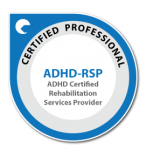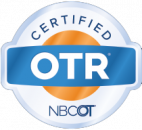

Raising a child with ADHD can be an exhausting endeavor. There are challenges at every age, from early behavioral struggles to later school challenges and difficulty with everything from relationships to finding motivation for the boring or challenging parts of life. Just when you’ve made it past one frustrating stage, another pops up. Many parents of children with ADHD also struggle with executive functioning skills.
During the last few years working exclusively with families just like I’ve described, I have developed an approach to ADHD success that aims to get parents and kids on track and stay focused.
ADHD success is possible at any age. If you need additional help, please review the service I provide. I can guide you through this process in one on one coaching or parent coaching.




Copyright 2024 © Kids Empowered 4 Life. All rights Reserved.
All information on the Website is presented as informational only and is not a replacement for therapy assessment, diagnosis, intervention, or medical advice. The information provided on the Website is provided “as is” without any representations or warranties, express or implied. Kids Empowered 4 Life assumes no responsibility for errors or omissions that may appear in the Website.